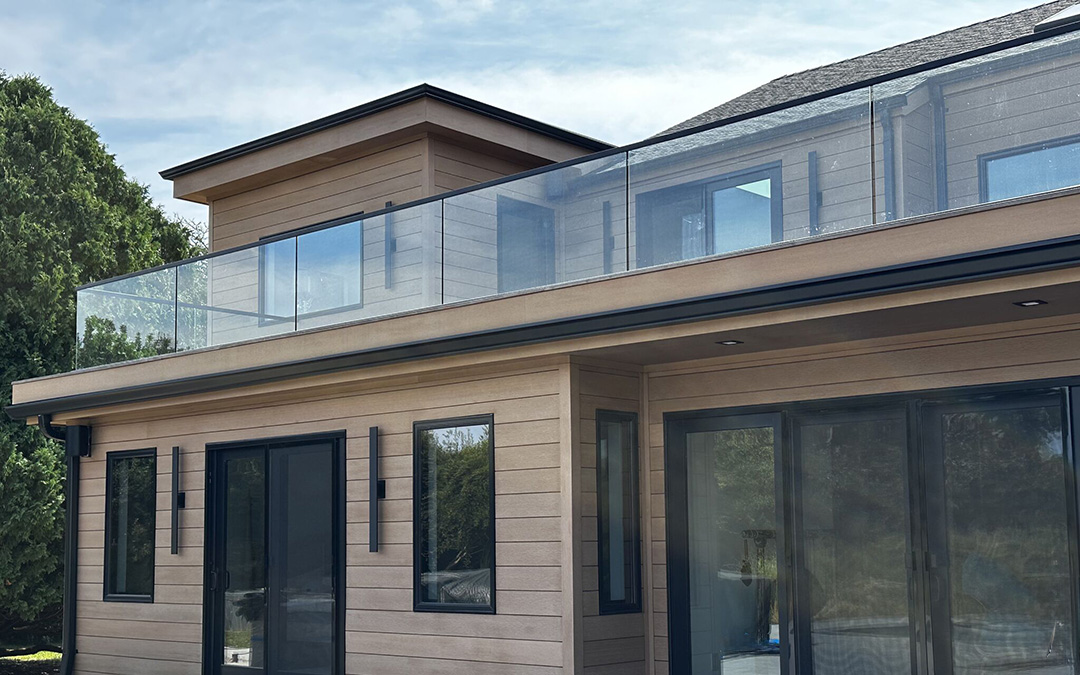When specifying millwork and moulding for coastal projects—from the windswept shores of Cape Cod to the salt-soaked climates of the Caribbean—durability is more than a preference; it’s a necessity. While traditional wood products have long been a staple of architectural design, modern synthetic alternatives like PVC and ACRE™ are proving to be the superior choice for long-term value and performance, especially in harsh environments.
At first glance, PVC and ACRE may seem more expensive than wood. However, a deeper look at their life-cycle performance reveals significant cost advantages over time.
Durability That Withstands Harsh Climates
 Wood trim, even when treated, typically lasts about 10 to 15 years—and much less when exposed to constant moisture, UV exposure or insects. In contrast, ACRE and PVC are engineered to endure, with lifespans exceeding 30 years with minimal degradation, even in extreme coastal conditions.
Wood trim, even when treated, typically lasts about 10 to 15 years—and much less when exposed to constant moisture, UV exposure or insects. In contrast, ACRE and PVC are engineered to endure, with lifespans exceeding 30 years with minimal degradation, even in extreme coastal conditions.
Reduced Maintenance & Longer-Lasting Finishes
Wood trim and moulding may need to be repainted every three to five years due to peeling, warping or rot. PVC and ACRE, on the other hand, are either available in pre-finished colors or hold paint two to three times longer than wood. This means reduced long-term maintenance costs.
Fewer Repairs, Lower Risk
Wood is susceptible to water damage, termites, mold and mildew—leading to ongoing repair work and potential structural concerns. ACRE and PVC are resistant to these common threats, making them virtually maintenance-free for decades. Over 30 years, most projects will need little more than a light refresh.
Lower Long-Term Labor Costs
Frequent maintenance on wood trim drives up cumulative labor costs. With PVC and ACRE, reduced upkeep means fewer site visits and lower overall labor expenses—a major consideration for both contractors and homeowners seeking efficiency and cost control.
Sustainability and Green Building Benefits
Beyond performance, synthetic options may also support sustainability goals. ACRE is created from upcycled rice hulls, making it a sustainable choice that doesn’t sacrifice performance. Depending on the product and region, ACRE may contribute toward LEED certification or green home tax credits—an added incentive for eco-conscious clients and projects.
Because both ACRE and PVC last for decades without deteriorating, they reduce replacement frequency and material waste. In addition, many PVC products are recyclable, which helps keep materials out of landfills.
A Smarter Investment for the Long Haul
For professionals building in coastal climates, the upfront cost of PVC or ACRE millwork is an investment in longevity, performance and peace of mind. By reducing maintenance, repair and labor costs, these materials offer a smarter path forward for long-lasting beauty and functionality.

